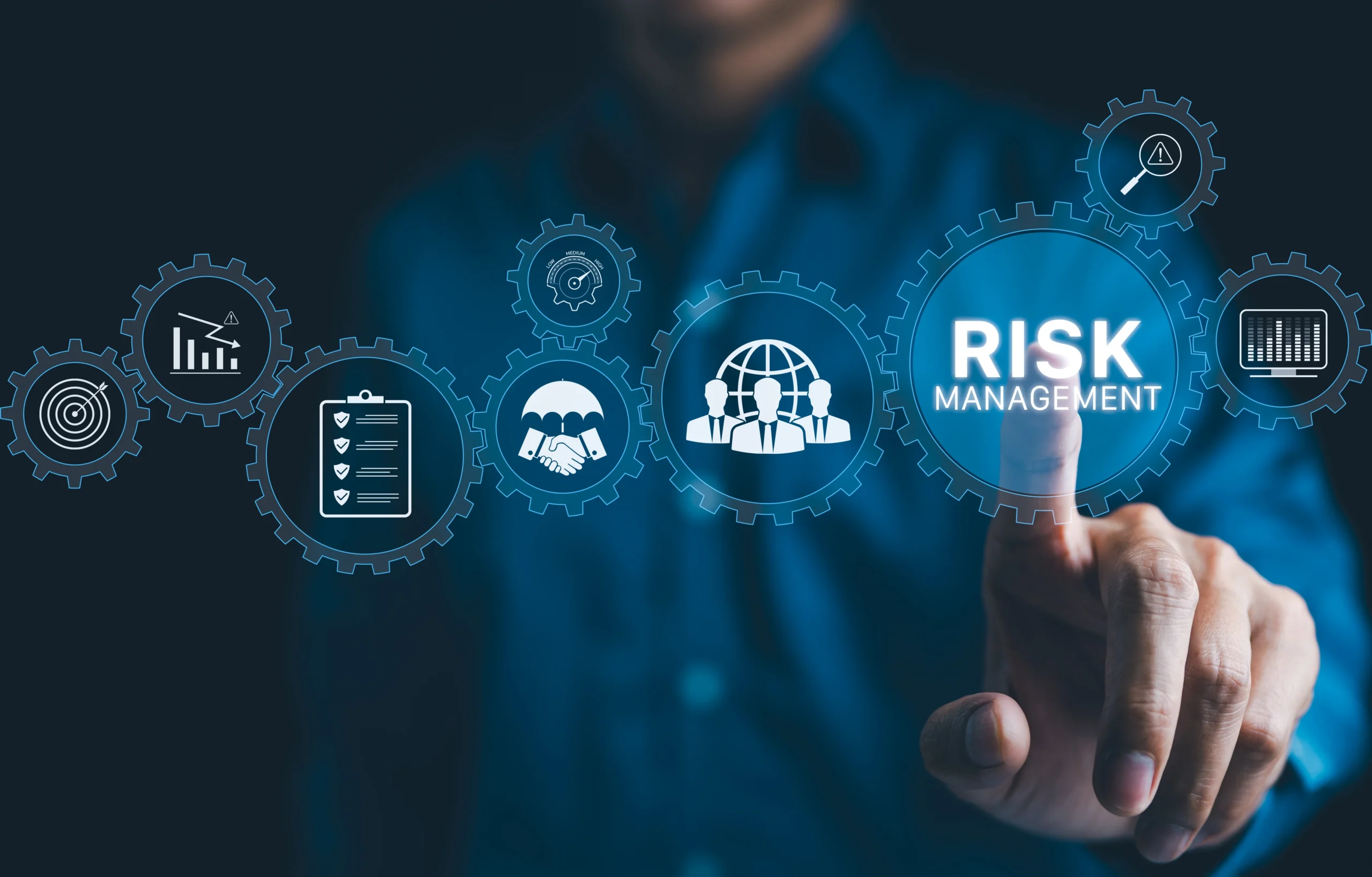In the interconnected world of digital commerce, supply chain security has become an increasingly critical issue for businesses of all sizes. As supply chains are getting more complex and interconnected, they’re becoming more susceptible to cyber threats. In this blog post, we will cover supply chain cybersecurity, its importance, the impact of cyberattacks, and future trends in this domain.
Defining Supply Chain Cybersecurity
Supply chain cybersecurity refers to the measures and processes put in place to protect supply chain systems and infrastructure from cyber threats. This includes not only the systems within your organisation but also those of your vendors, suppliers, and any third parties that your supply chain interacts with.
Supply chain cybersecurity focuses on securing every touchpoint in a supply chain network against unauthorised access, data breaches, and system disruptions. It extends traditional cybersecurity measures beyond your organisation’s boundaries, focusing on a broader network that is often globally dispersed.
The Importance of Supply Chain Cybersecurity
Supply chain cybersecurity is critical because a chain is only as strong as its weakest link. Cybercriminals often target less secure points in a supply chain network, such as smaller vendors or third parties with weaker security measures.
A breach at any point in the network can have a ripple effect, causing disruption across the entire supply chain, and may result in significant financial and reputational damage. Additionally, regulatory standards and data protection laws now require businesses to ensure that their supply chain partners comply with certain cybersecurity measures.
Supply Chain Cyber Attack
Cyberattacks on supply chains can take various forms, including data breaches, ransomware attacks, Denial of Service (DoS) attacks, or malware intrusion. One common tactic is a Business Email Compromise (BEC) scam, where attackers impersonate a trusted vendor to steal sensitive information or facilitate unauthorised transactions.
The impact of these attacks can be devastating, leading to operational disruption, financial loss, and erosion of customer trust. For instance, a data breach at a supplier could expose your company’s sensitive information, while ransomware could paralyse your supply chain operations.
Future Trends in Supply Chain Cybersecurity
Looking forward, we can expect several trends to shape the future of supply chain cybersecurity:
Increased Regulation: As supply chain cyber attacks rise, so will the regulatory requirements to combat them. Businesses should expect to see tighter cybersecurity regulations and standards for supply chains in the future.
Advanced Threats: Cyber threats are continually evolving, becoming more sophisticated and harder to detect. Supply chains will need to keep pace with these developments.
Greater Use of AI and Machine Learning: These technologies can help detect potential threats more rapidly and improve the overall security posture of supply chains.
Supply Chain Risk Management Integration: Cybersecurity will become an integral part of overall supply chain risk management, rather than a separate function.
Supply chain cybersecurity is a crucial aspect of modern business operations that requires continuous attention and improvement. It’s a field that will continue to evolve in response to emerging threats and changing business landscapes. By understanding the basics and keeping up-to-date with future trends, supply chain managers can better protect their networks and ensure business continuity.
At Lumen, we offer a comprehensive suite of security enhancement services, including supply chain risk management solutions. Our goal is to protect your supply chain ecosystem from an increasingly sophisticated array of cyber threats, ensuring that your business operations remain uninterrupted. Contact us and explore our supply chain risk management solutions today.





